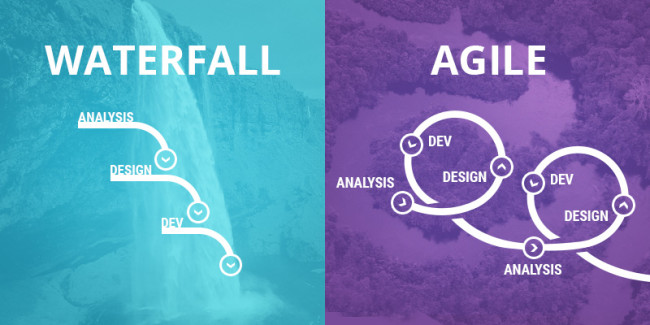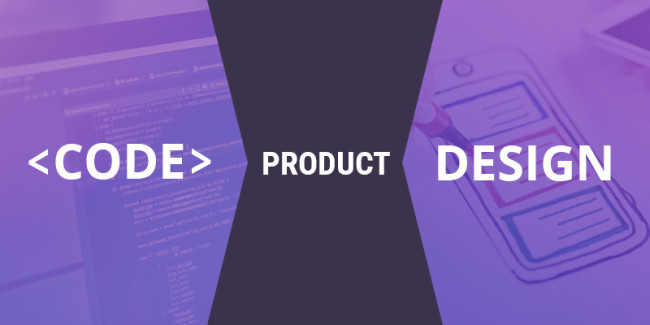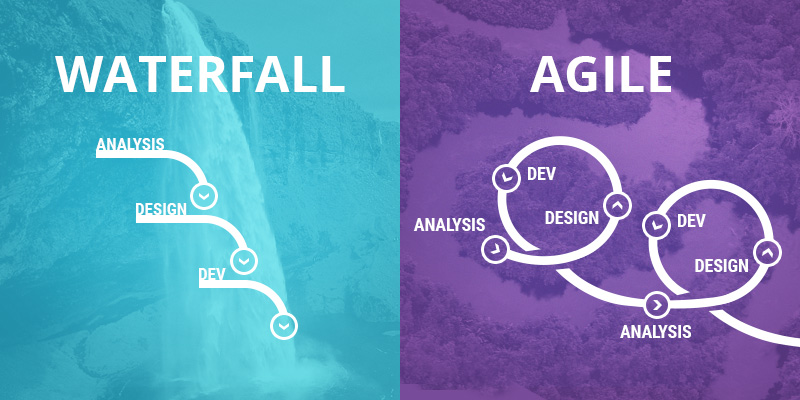Designing and developing are two sides of coin while developing any software. For success of any software development project is to have proper balance between these fundamental elements. Now a day’s companies are trying to shift from waterfall strategy to agile model. And it has proved to be way useful in comparison to conventional waterfall methodology thus many developers seem to agree with this Agile approach of work.
However, designers have some doubt about this.The difficulties which are being faced in software industry are synchronising developer and design teams while developing software. This happens mainly because they have totally different mind-sets and as a result there are sometimes ego clashes. Agile strategy offers a way for comfortable and fruitful collaboration in daily tasks.

According to the waterfall model, designers tend to work independently, thus creating a complete design by own and up front. But with this methodology designing is intertwined by developers and by powerful feedback from user. Thus it’s time to make more flexible and stronger designs. But how to use Agile methodology to UX designing process efficiently and painlessly. Following some steps one can follow:
Accomplish short designing during short sprints
Agile design methodology results in delivering responsive layouts on time. The only thing required is that responsive designers should know how to divide the work. Thus they will have sufficient time while working on bits and pieces of work.
The basic point of the agile design methodology is to represent the minimum amount of work, that is just enough to know what you are working on and what will be next course of action. Thus,it requires least sufficient efforts which are more realistic than thinking of whole task at fullest.
Designing prototypes number of time while development
For any product managers and developers it is easier to visualize how product will look like if they have a useful sketch of it, though at any particular time it is fuzzy to put the idea on paper. Thus designers are not willing to design Minimum Viable Product of the software. As for designers it is half-done and far away from reality.
Designers who are creative people do not like to present something which is not showing the full extent of their experience and skills. Thus it is your task to persuade designer to draw MVP for you which is an important step towards your goal of reaching perfection. It is so because, as in case of waterfall model once the design is finished there is no going back and nothing will be changed as lot of effort had been put in developing the product.
But in Agile model design, designer’s works hand in hand with developers. Both the teams are should be in constant jamming sessions while going ahead.And at the same time designers analyse and model the user reaction in their work and try to take that into consideration, in order make product impeccable.
Collaborating with non-designers
Agile UX is more iterative without a doubt, thus it requires that all systems are in sync and good tuning. In waterfall model designers were their own bosses hardly accepting advice from anyone except the fellow designer colleague if needed. But in Agile model, tables are turned; in this decisions are often taken by product owners or developers, while designers might feel neglected. Thus, to avoid such situation, include the designers while making decisions.
Technical specialists have much better idea of layout of the pages and the information hierarchy. They will check the feasibility and functionality, and designers will work on integrity and aesthetics of whole UX. Adopt sprint planning which will help team to work faster. Ensure to have daily scrums calls to have status during the iterations cycle. While working in sprints team share knowledge and get to know each other well.

And it will give a fair idea to designers of how to form better image of product and to developers what they supposed to do at backend. Working on such macro and micro levels will ensure that all the important changes are conveyed to both parties at one go. Thus developers will be able to spot and fix the bugs on time and designers can transform such required user needs into layouts, strict specifications, graphics and sitemaps what developers loves.
Incorporating user feedback
User consideration is very important in any UX process. Even though the interface looks beautiful having great look and feel but it’s of no use if it’s not convenient. It’s a huge miscalculation of Waterfall model where one doesn’t know the user for which he is designing product. It is taken care of where designers can make use of various tools to make sure clients like what is being done.
They must do constant research as the market is changing day by day and keep themselves updated with the constant feedback from user. There exists number of programs, in which users can test the sketches of design and designer can see how they are evaluated. And it helps to deal with the customer reality, and transform the vision and creates outstanding and holistic design.
Connecting different people of different teams to work along
As the designer fears are over, next thing that comes to mind how to bind people working on different things in the agile model. One might think that this is tedious job, as the work is divided among number of people who could be freelancers or group of remote workers.
Thus to bind all these people there are some tools which you can refer like InVision, Join.me, Sangalt which are interaction tools through which one can communicate, share picture and files etc. Other project management tools like Time Doctor and Basecamp which helps to create to do list, set some milestone for employees or company as whole, tracking time etc.
Try out these steps to lead a better development of product and with much greater customer satisfaction.


I’m fully agreed with this article. Thumbs up !
Really Informative article. Even our company is planning to implement this Agile approach.